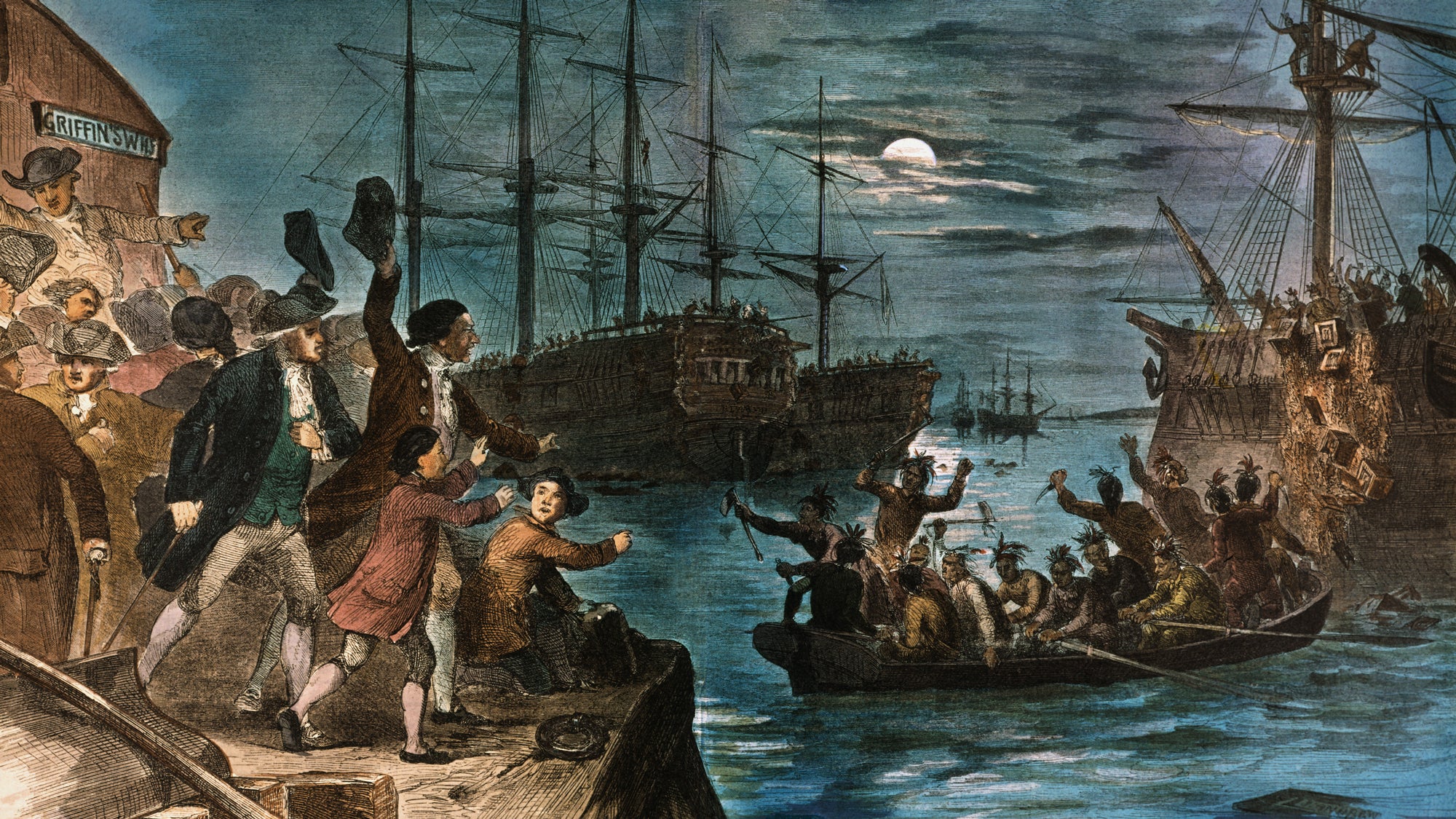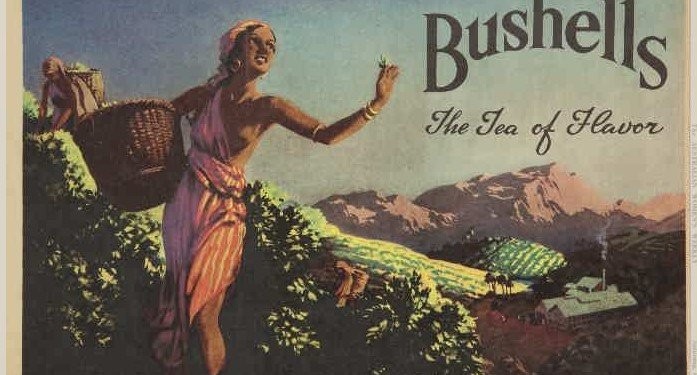The Boston Tea Party: A Revolutionary Act of Defiance
The Boston Tea Party, an iconic event in American history, took place on the evening of 16 December 1773. It marked a critical turning point in the American colonies’ resistance to British rule and was a precursor to the Revolutionary War. This act of protest against taxation without representation showcased the colonists’ growing frustration with British policies and their determination to assert their rights.
1. Background: Taxation Without Representation
a. The Roots of Resentment
The Boston Tea Party didn’t happen in isolation; it was the culmination of years of mounting tension between Britain and its American colonies. After the costly Seven Years’ War (1756–1763), Britain sought to replenish its treasury by taxing its colonies. Among these taxes was the Stamp Act of 1765, which was later repealed due to colonial backlash, followed by the Townshend Acts of 1767.
b. The Tea Act of 1773
The Tea Act, passed by the British Parliament, was designed to help the struggling British East India Company by granting it the right to sell tea directly to the colonies, bypassing colonial merchants. While this lowered the price of tea, it reinforced the controversial principle that Britain could tax the colonies without their consent. The colonists viewed this as an affront to their rights, and resistance grew.
2. The Build-Up to the Boston Tea Party
a. Growing Unrest
Colonial opposition to the Tea Act was swift and vocal. Boycotts against British tea were organised, and tea sent to American ports was either returned to Britain or left to rot in warehouses. In Boston, however, Governor Thomas Hutchinson insisted that the tea be unloaded and taxes paid, exacerbating tensions.
b. The Arrival of the Tea Ships
In November 1773, three ships carrying tea—the Dartmouth, the Eleanor, and the Beaver—arrived in Boston Harbour. The Sons of Liberty, a group of patriots led by figures like Samuel Adams and John Hancock, demanded the tea be sent back to Britain. Hutchinson’s refusal to comply set the stage for direct action.
3. The Night of the Boston Tea Party
a. The Protest
On the evening of 16 December 1773, a group of about 100 men, some disguised as Mohawk Indians, boarded the three ships. This symbolic act represented their rejection of British authority while disguising their identities.
b. The Destruction of the Tea
The men worked quickly and efficiently, dumping 342 chests of tea—about 41,730 kilograms—into the harbour. The entire event was conducted without violence, and the ships themselves were left undamaged.
c. Public Support
A crowd of thousands gathered onshore to watch the act of defiance. While some colonists were concerned about the repercussions, many viewed the Boston Tea Party as a necessary stand against British tyranny.
4. The Aftermath and British Response
a. The Intolerable Acts
In retaliation, the British government enacted the Coercive Acts (known as the Intolerable Acts by the colonists) in 1774. These punitive measures included:
- Closing Boston Harbour until the tea was paid for.
- Restricting town meetings and self-governance in Massachusetts.
- Requiring colonists to house British soldiers under the Quartering Act.
These actions further united the colonies in their resistance, deepening the divide between Britain and America.
b. The Path to Revolution
The Boston Tea Party galvanised colonial opposition to British rule, inspiring similar acts of defiance and strengthening the movement towards independence. The First Continental Congress convened in 1774, setting the stage for the American Revolutionary War.
5. The Legacy of the Boston Tea Party
The Boston Tea Party remains a symbol of resistance against oppression and the fight for self-determination. Its legacy continues to inspire movements for justice and equality worldwide.
Key Lessons
- The importance of standing up against unfair governance.
- The power of collective action in challenging injustice.
- The lasting impact of symbolic acts in shaping history.
Conclusion
The Boston Tea Party was far more than a dramatic protest; it was a defining moment in the struggle for American independence. By challenging British authority, the colonists not only asserted their rights but also laid the groundwork for the creation of a new nation. Its boldness and determination continue to resonate, reminding us of the enduring importance of fighting for freedom and justice.






